I can’t tell you how many times I’ve heard people say, “My car is just not worth the money to have paint protection film installed.” Paint protection film (or PPF) has become a popular option for those looking for long-term car care. But there are still some myths about PPF that prevent people from considering it as an option—and some of them are just plain wrong! Here are the most common myths and misconceptions about paint protection film and why they’re wrong:
Myth 1: Paint Protection Film Cannot Be Removed
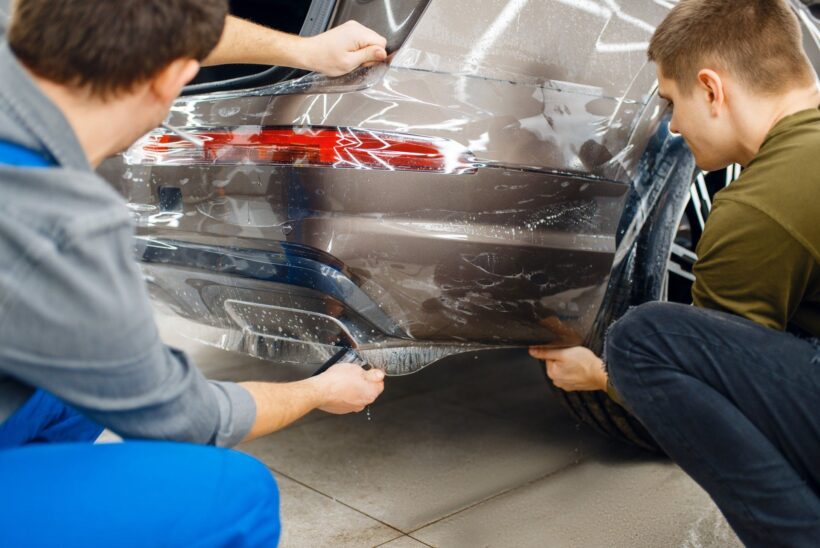
You may have heard that paint protection film is a permanent, inalterable process. This is simply not true. Paint protection film can be removed by a professional, or even by the owner if he or she has the right tools and knowledge to do so.
Paint Protection Film (PPF) is essentially a “skinned” piece of clear plastic that’s been laminated onto your car’s exterior surface. It’s removable because it conforms to every contour of your ride–but once you remove it, there will be no trace left behind on your vehicle’s finish!
Myth 2: Paint Protection Film Is Difficult to Install
Myth says that paint protection film is difficult to install. In reality, paint protection film is easy to install and most people can do it themselves.
There are many myths out there about PPF, but one of the biggest misconceptions is that it’s hard to install. This couldn’t be further from the truth! PPF products are designed for DIY applications and can be installed by anyone with basic mechanical skills or knowledge of tools such as an electric drill, hand screwdriver and small hammer (or mallet). The only special tool needed is a heat gun for removing stubborn stickers from your vehicle’s bumper covers or other surfaces before applying your PPF kit.
Myth 3: Absolutely Transparent Paint Protection Film Exists
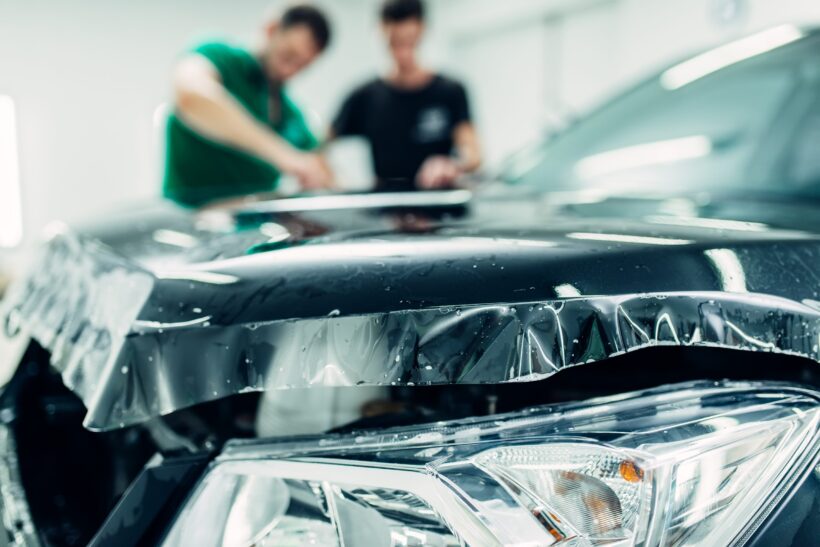
The third myth is that there is absolutely transparent paint protection film. While it’s true that this type of product does exist, it’s not what most people think when they hear “paint protection film.”
In reality, paint protection films are very similar to window tint–they both use a combination of metallic and polymer materials to block UV rays from reaching your vehicle’s exterior paint. However, unlike window tints which only block visible light (and therefore change the appearance), PPF blocks both types of light: visible and infrared (IR). This means that PPF will change the color of your car slightly but won’t make it look like an opaque white wall like some people expect when they hear about “transparent” PPF options.
Myth 4: All Cars Need PPF to Protect Their Finish
Not all cars need paint protection film. If you wash and wax your car regularly, it’s unlikely that PPF will be necessary. The same goes for vehicles that are driven in harsh conditions, such as off-road or rally racing (unless you want to keep the paint pristine). However, if you live in an area where there is lots of rain and snowfall and do not have access to a garage or covered parking spot during inclement weather, then PPF may be worth considering.
Myth 5: You Will Not Notice When Your Paint Protection Film Needs a Replacement
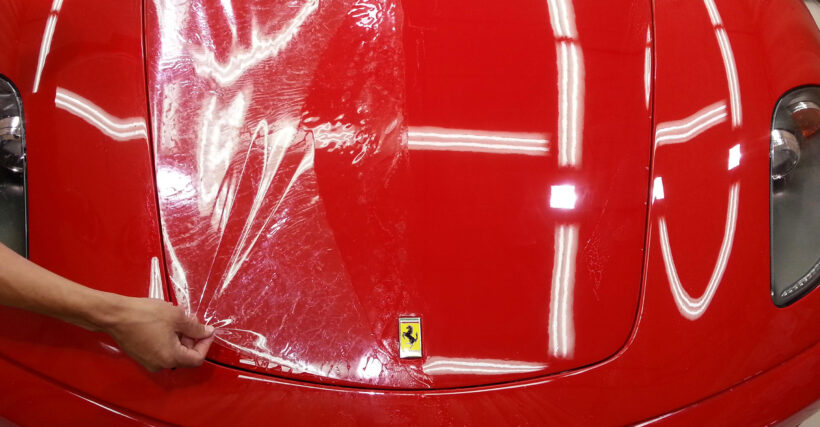
The truth is that you will know when it’s time for a new layer of protection on your vehicle. The paint protection film can degrade and need replacing, become discolored, cracked and scratched, faded and lose its clarity or be less effective at protecting the paint if it has been on for too long (usually two years).
Myth 6: Calipers Must Be Painted Before Installing Paint Protection Film
The truth is that you don’t have to paint your calipers at all. If you want to, that’s fine! But if not, no worries–you can do it after the film has been installed on your car’s wheels and tires (or even later). The reason this myth exists is because if you paint the calipers before installing PPF (paint protection film), then they will be difficult to install due to their curved shape; however, if they’re already painted when applying PPF over them then there shouldn’t be any issues whatsoever with getting an even coat of protection on each surface area of both sides of each individual piece within its respective set: front left/right and rear left/right sets include two pieces per side while front center/rear center sets only contain one piece per side due largely in part because there aren’t any exposed areas like ones found elsewhere along each set (ie., where spokes meet hubcaps).
Myth 7: No Special Care Is Required for PPF When Cleaning the Car
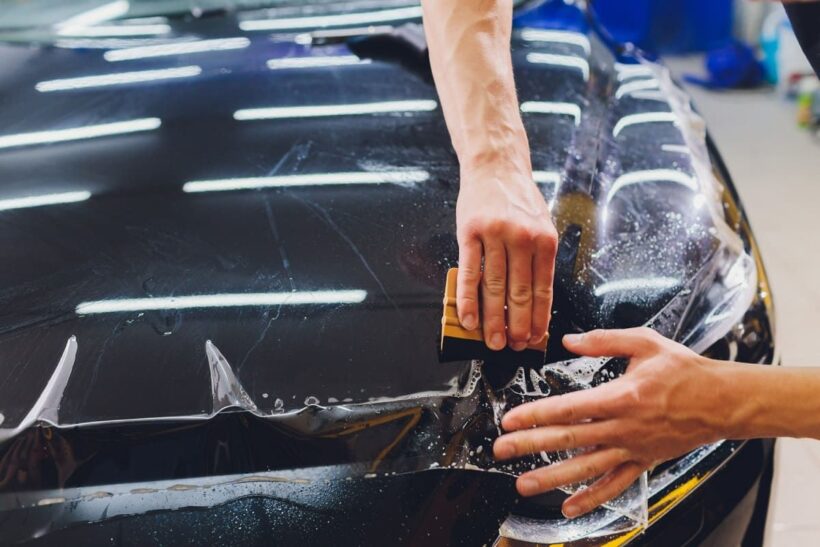
Myth says that you have to be careful when cleaning your car, because Paint Protection Film is delicate and can be easily damaged by harsh chemicals.
Reality: The truth is that Paint Protection Film is extremely durable and resistant to scratches and damage, but that doesn’t mean it can’t get dirty! In fact, most people will find themselves washing their cars more often than they used to before they added PPF. That being said, there are some things you should avoid doing when cleaning the vehicle with soap and water:
- Do not use abrasive cleaners or polishes on the paintwork around where you applied PPF; this could cause scratches in areas protected by film which would make them vulnerable again (and look ugly).
- Don’t use harsh chemicals like bleach or degreasers either; these are especially harmful when mixed with water as they become diluted but still retain their damaging effects on surfaces such as glass which could erode away after prolonged exposure if left unprotected during regular cleaning procedures like washing your car every week (or even more often depending on how much road grime builds up!).
Myth 8: PPF Can Only Be Applied By a Professional and Not By the Owner of the Vehicle
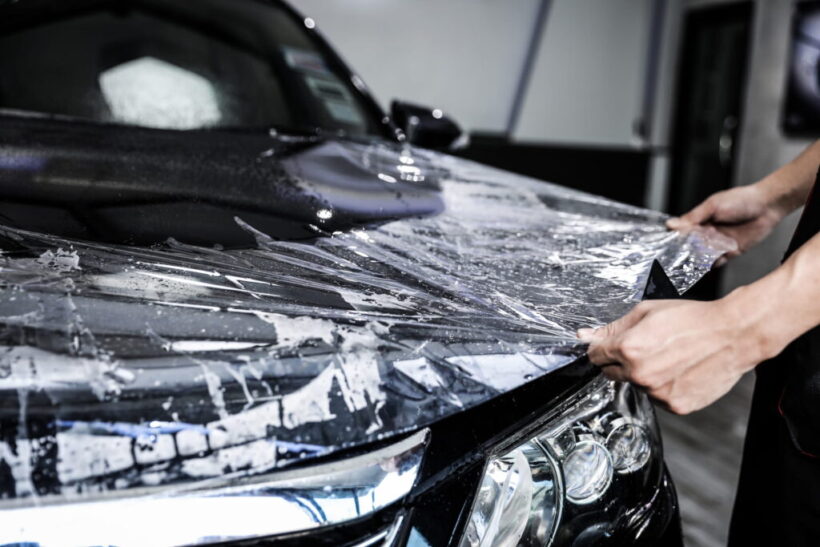
Paint protection film can be applied by anyone, as long as they follow proper instructions and take their time when applying it. It is important to understand that this process will require practice before you get good at it. If you’re going to be doing this yourself, it’s also advisable that someone who has experience with PPF help out with the install so that they can guide you through any difficulties in application or removal of your PPF kit.
However, it is always a better decision to hire a professional to install paint protection film for you, as it is important to have enough experience and the right tools to complete this job smoothly. Because if it is done inaccurately, it can even cause damage to your car.
Conclusion
We hope that this article has helped to dispel some of the myths surrounding paint protection film. We know it can be a confusing topic, but we also know that when you get the right information, it’s easy to make an informed decision about whether or not PPF is right for your car.

